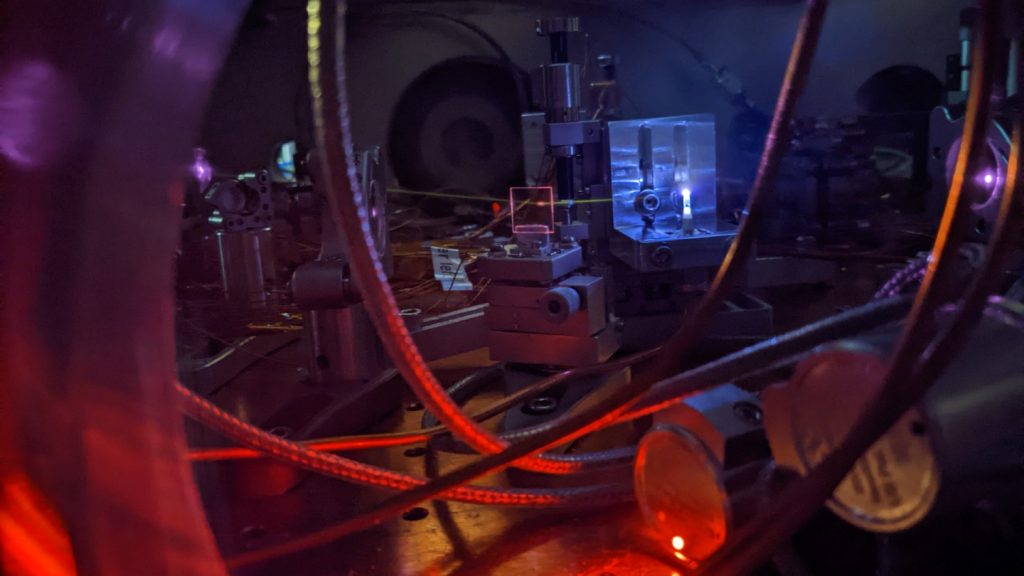Scientists are currently collecting reader questions regarding climate change and extreme weather events. Atomic clocks measure time based on electrons jumping between energy levels in atoms, while nuclear clocks would measure time based on the energy levels of atomic nuclei, specifically using thorium-229. Researchers have recently determined the frequency of light needed to set off a jump in thorium-229, with a precision previously unheard of. This measurement was made possible by the use of a frequency comb, which creates an array of discrete frequencies of light. The comparison of the nuclear clock transition with that of an atomic clock with a known frequency is considered important for scientific applications in testing fundamental physics.
This breakthrough in measuring the frequency of light required for thorium-229 to make a jump has implications for future scientific research. Comparing the nuclear clock transition with that of an atomic clock could be used to search for strange physics effects, such as drifting values of fundamental constants. This measurement represents a significant improvement in precision, with an uncertainty of only 2 kilohertz. The rapid increase in precision highlights the multiple developments that have occurred in this field over a short period of time. The use of a frequency comb in this research has been a major goal for scientists, and its application in this context has further advanced our understanding of nuclear clocks.
The development of nuclear clocks using thorium-229 as the basis for timekeeping opens up new possibilities for scientific research. The precision of the measurement of the frequency of light needed for a jump in thorium-229 exceeds previous capabilities by a wide margin. This advancement presents opportunities for exploring fundamental physics through comparisons between nuclear and atomic clocks. The potential to investigate strange physics effects and the drifting of fundamental constants is an exciting prospect for future research in this area. This research represents a significant step forward in the study of nuclear clocks and their applications in scientific investigations.
Overall, the discovery of the frequency of light needed for thorium-229 to make a jump marks a major milestone in the field of nuclear clocks. The precision of this measurement far exceeds previous capabilities and represents a significant advancement in our understanding of timekeeping at the atomic level. The utilization of a frequency comb in this research has been a key factor in achieving this level of precision and has opened up new possibilities for scientific exploration. Future research in this area will likely focus on utilizing nuclear clocks for testing fundamental physics and exploring the implications of their use for understanding the universe at the most fundamental levels.
As science continues to advance and technology improves, the measurement of the frequency of light for nuclear clocks will likely become even more precise. This increased precision will provide further insights into fundamental physics and may lead to new discoveries in our understanding of the universe. The ability to compare nuclear and atomic clock transitions will be crucial for unlocking the potential of nuclear clocks for scientific research. By utilizing the latest technologies and research methods, scientists will continue to push the boundaries of what is possible in the field of nuclear clocks and their applications in understanding the fundamental workings of our world.


